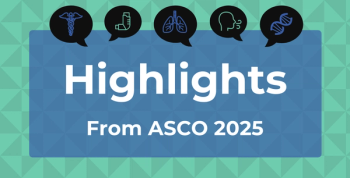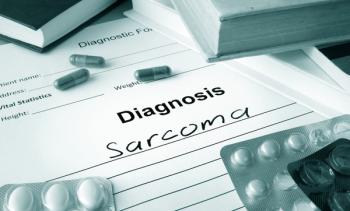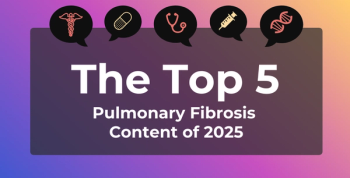
HHS Releases First Plan to Combat Spread of Sexually Transmitted Infections
The plan aims to reverse a significant surge in sexually transmitted infections, including gonorrhea, syphilis, and chlamydia.
The United States has one of the
The
According to the CDC:
- All stages of syphilis, including an alarming 203% increase in congenital syphilis over the past 5 years, hit 176,000 cases in 2021
- Gonorrhea cases exceeded 700,000, surging 28% since 2017
- Chlamydia infections rose 4.1% in 2021 compared with the previous year, with 1.6 million cases reported
"The data we are seeing across the country calls for immediate and sustained action,” said Admiral Rachel Levine, MD, the assistant secretary for health. “We know that the impact of the STI epidemic does not fall equally across all populations, and we're going to keep pushing to ensure every person has access to high-quality services that are free from stigma and discrimination."
The risks of STIs are underestimated by Americans, the report said, and by the time they are detected, it may be too late, with consequences including chronic pelvic pain, infertility, adverse pregnancy outcomes, neonatal death, congenital abnormalities, and making it easier to contract
The plan outlines over 200 specific actions that federal stakeholders will undertake to achieve 5 primary objectives:
- Enhance STI prevention efforts through education and awareness campaigns
- Improve early detection and treatment services for STIs
- Expand access to high-quality STI care and prevention resources
- Foster research and innovation in STI prevention, diagnosis, and treatment
- Strengthen coordination among federal agencies and stakeholders to maximize the plan’s effectiveness
The plan also targets 3 priority populations, noting that they are the most affected by STIs: adolescents and young adults, men who have sex with men, and pregnant women. In addition, the Southern and Western regions of the country, and certain racial and ethnic minority communities (Black, American Indian/Alaska Native, and Hispanic) are the most severely affected.
For instance, human papillomavirus vaccination series initiation and completion rates are lowest in the South, while congenital syphilliis is highest in the West. Gonorrhea is highest in the South and West, and chlamydia is highest in the South.
Ending STIs in America will have its challenges, however. Reversing STIs will take a concerted effort to reduce and eliminate stigma, discrimination, and social determinants of health, and integrate STI prevention and control into other public health efforts to prevent and treat HIV, viral hepatitis, and substance use disorders.
In addition, although most STIs are treatable and curable, the plan noted, public health funding cuts have erased early gains.
“STI specialty clinics played a key role in reducing STI rates to their lowest levels in the early 2000s, but since then, more than one-half of state and local STI programs have cut budgets, laid off staff, reduced clinic hours, and increased patient co-pays. STI specialty clinics typically offer onsite testing and treatment services (eg, rapid tests for gonorrhea and syphilis, 3-site testing, dark-field microscopy for primary and secondary syphilis, HIV ribonucleic acid testing, injectable medications to treat gonorrhea and syphilis, expedited partner therapy) that often are not routinely available in alternative sites of care, such as primary care clinics.”
Newsletter
Stay ahead of policy, cost, and value—subscribe to AJMC for expert insights at the intersection of clinical care and health economics.







































